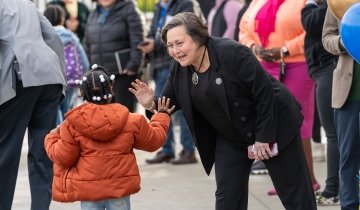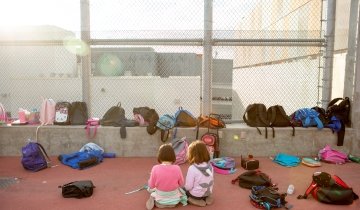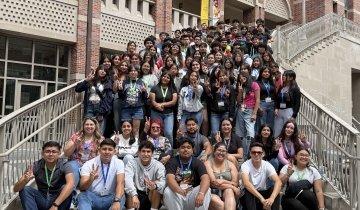Personalized learning. Seldom have two words in education literature meant so much to the future of teaching, learning and life outcomes. Educators use a bewildering array of terms to describe it, and an ever-growing number of choices and opportunities continue to accumulate under that umbrella.
The American education ecosystem is largely a relic from the past, unable to respond effectively to the seismic shifts occurring locally, nationally and globally. Nowhere is this more apparent than in the fact that PK-12 schools still run on an outdated agrarian calendar.
Institutions of higher education have moved faster to personalize elements of their curricula, in part because they are not as thoroughly controlled by school districts and other bureaucratic monopolies that can slow down and complicate the adoption of innovations. Whether it is through competency-based outcomes, flexible start times or “flipped classrooms,” higher education has slowly-but-surely been incorporating elements and practices of personalized learning.
The belabored adoption of new and innovative learning techniques in PK–12 settings is due, in part, to shifts in who bears responsibility for educating students. For most of human history, education was primarily the responsibility of the individuals who were being educated. To learn meant not only to identify what you needed to know, but also to understand how to learn it. Since the 19th century, though, the state has wrested responsibility for education away from the learners themselves, placing it in the hands of officials and administrators motivated more by the need to homogenize and evaluate instruction than by a desire to engage the interests of individual learners.
Inexorably, the pendulum is swinging back in terms of responsibility. Personalized learning is driving the momentum, and it's incumbent on USC Rossier and our peers to ensure that the exciting, transformative promise of personalized learning is fully realized.
Children actually are quite good at teaching us how they want to learn. They come into the world biologically and neurologically equipped to educate themselves. They use their observations and creativity as building blocks. Then they enter the education system, and we often fail to match their powers of observation or their creativity. We sometimes map narrow paths for them and for ourselves—paths that do not account for the various socio-emotional, physiological, cognitive and individual-historical factors that influence the ways they learn.
At its core, personalized learning is about engaging students of all types and ages in ways that unlock, supplement, reinforce and enhance their abilities and interests. Great schools of education are uniquely equipped to leverage research on auditory, visual or kinesthetic learning styles as they relate to educational outcomes. We can harness the power of Peer Learning via communications that allow the message (content) and the messenger (students) to work in concert. And whether it's via project-based learning or the gamification of boring content, we can help rethink priorities for teachers, administrators and parents...while always putting students first.




